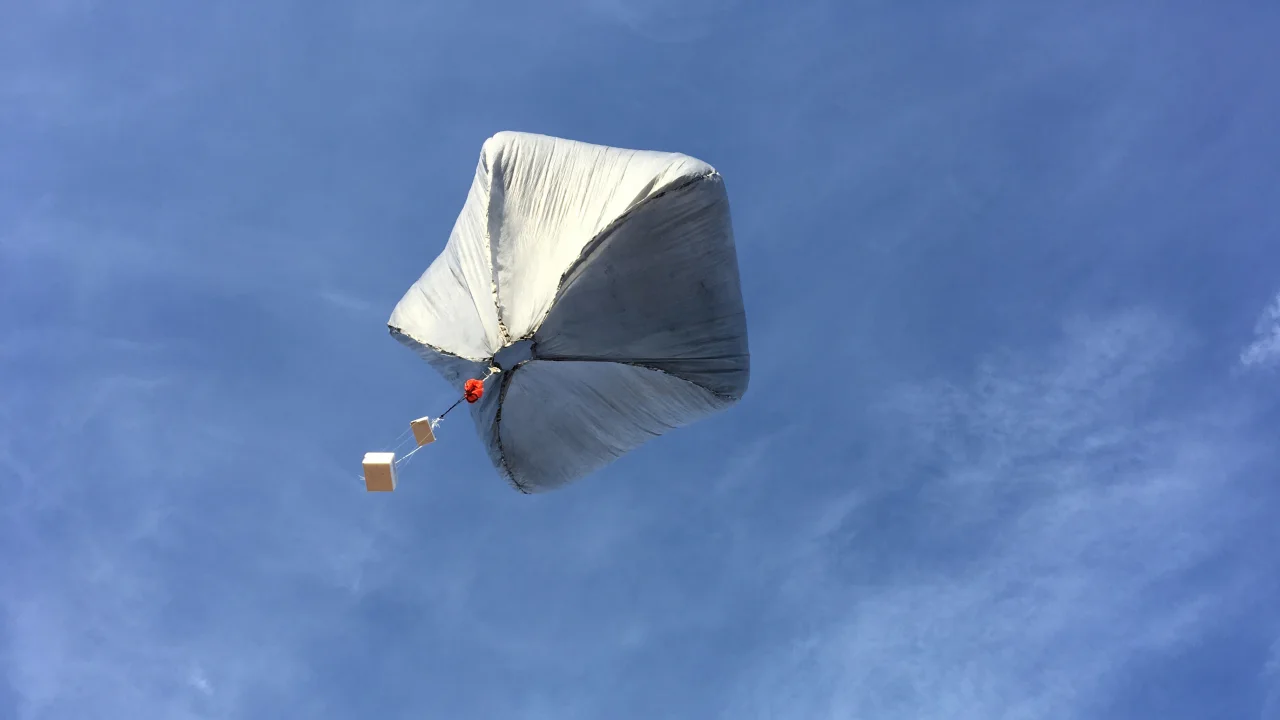Sandia National Laboratories principal scientist Daniel Bowman and his colleagues have successfully launched a series of solar balloons to record infrasounds emanating from Earth’s stratosphere. Infrasounds are low-frequency sounds that the human ear cannot detect. Bowman was inspired to explore the soundscape of the stratosphere after he was introduced to the infrasounds generated by volcanoes in graduate school.
After several successful camera flights with weather balloons, Bowman proposed to his adviser, Jonathan Lees, that they attach infrasound recorders to balloons to record the sounds of volcanoes. They soon realized nobody had tried putting microphones on stratospheric balloons for 50 years. The balloons can take sensors twice as high as commercial jets can fly, and they are easy to build and relatively inexpensive, costing about $50 each. Bowman estimates that he launched several dozen solar balloons to collect infrasound recordings between 2016 and April of this year. The balloons recorded surface and buried chemical explosions, thunder, ocean waves colliding, propeller aircraft, city sounds, suborbital rocket launches, earthquakes, and maybe even freight trains and jet aircraft.
The researchers used GPS to track the balloons since they can travel for hundreds of miles and land in inconvenient locations. The advantage of the high altitude reached by the balloons means that noise levels are lower and the detection range is increased. However, the balloons present challenges for researchers as the stratosphere is a harsh environment with wild temperature fluctuations between heat and cold. The sounds that the researchers recorded have unknown origins, such as crackles and rustling. The greatest challenge for researchers now is identifying the signals recorded during the flights.


